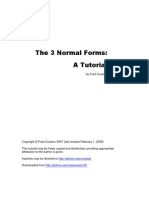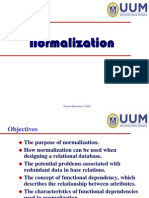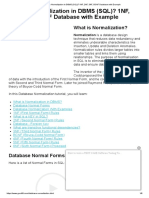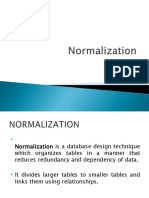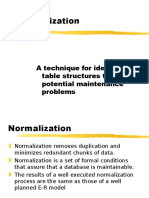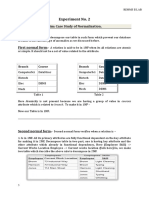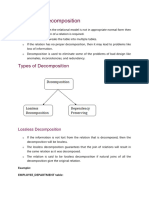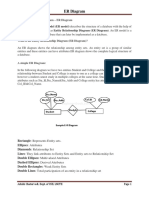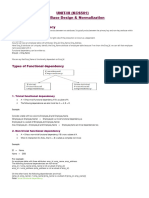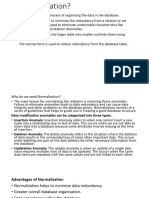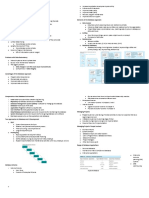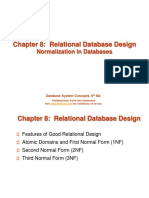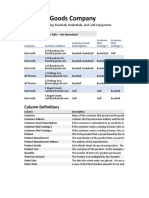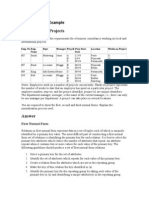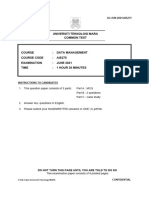0% found this document useful (0 votes)
79 views18 pagesNormalization
The document discusses normalization and transitive dependencies in databases. Normalization is the process of organizing data to minimize redundancy and eliminate anomalies. It involves decomposing tables and linking them through relationships. Transitive dependencies occur when there are two functional dependencies, such that if A → B and B → C, then A → C as well. To avoid transitive dependencies and anomalies, tables should be normalized to remove redundant or derived attributes.
Uploaded by
Mr V3NOMCopyright
© © All Rights Reserved
We take content rights seriously. If you suspect this is your content, claim it here.
Available Formats
Download as DOCX, PDF, TXT or read online on Scribd
0% found this document useful (0 votes)
79 views18 pagesNormalization
The document discusses normalization and transitive dependencies in databases. Normalization is the process of organizing data to minimize redundancy and eliminate anomalies. It involves decomposing tables and linking them through relationships. Transitive dependencies occur when there are two functional dependencies, such that if A → B and B → C, then A → C as well. To avoid transitive dependencies and anomalies, tables should be normalized to remove redundant or derived attributes.
Uploaded by
Mr V3NOMCopyright
© © All Rights Reserved
We take content rights seriously. If you suspect this is your content, claim it here.
Available Formats
Download as DOCX, PDF, TXT or read online on Scribd
/ 18

